In recent years, with the global economic recession, a large number of freelancers have emerged, such as anchor netizens, freelance writers, online store owners and so on. These long-term
home-based people are mostly brain workers, very sensitive to neighborhood interference, compared to the company to work, they "create" more residential noise.
As a result, a quiet and comfortable indoor life has become the rigid demand of almost everyone. Quality sleep also needs quiet, home office needs quiet. From the point of view of home life,
healthy office considerations, on the one hand, you need to control the internal noise sources, on the other hand, you need to improve the wall of the sound insulation and sound absorption
effect.
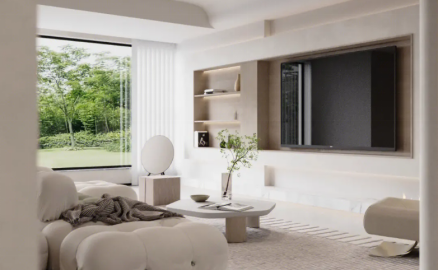
Sound insulation is any means of impeding the transmission of sound. There are several basic methods of reducing sound: increasing the distance between the source and receiver, using noise
barriers to reflect or absorb the energy of sound waves, using barrier structures such as acoustic panels for absorption, or using active anti-noise sound generators. Acoustic quieting and noise
control can be used to limit unwanted noise. Sound insulation can reduce the transmission of unwanted direct sound waves from the source to involuntary listeners by utilizing distances and
intervening objects in the sound path. Sound insulation can suppress unwanted indirect sound waves such as reflections that cause echoes and resonances that cause reverberation.
Sound-absorbing materials control the reverberant sound pressure level in a cavity, enclosure or room. Synthetic sound-absorbing materials are porous, meaning that open-cell foam (acoustic
foam, soundproofing foam) absorbs sound reflections in the room and improves speech intelligibility.
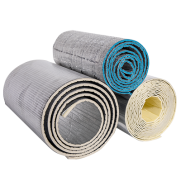
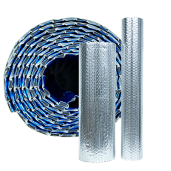
In order to solve the discomfort and environmental hazards caused by glass fiber and foam materials on the market, XCGS's new environmentally friendly thermal insulation material adopts a composite sandwich structure design, with the inner and outer surface layers of aluminum foil multilayer composite material and the middle layer of PE polyethylene air bubble/XPE foam, which makes the product have a very good acoustic and thermal insulation efficacy. It has been widely used in ceilings, walls, floors and businesses.
Ceilings: Ceilings as the first step in soundproofing, sealing gaps and cracks around electrical wiring, plumbing and ductwork with acoustical caulk or spray foam will significantly reduce unwanted
noise. Insulation is most commonly used for soundproofing due to its high density and low cost compared to other soundproofing materials. An effective method of reducing impact noise is
resilient isolation channels. These channels separate the drywall from the joists and reduce the transmission of vibration. When completing the ceiling, use acoustical caulk along the perimeter
of the walls and around all fixtures and duct conditioners to further seal the finish. Avoid recessed lights or any fixtures that require large holes in the ceiling. A small hole may compromise the
efficiency of the entire treatment.
Walls: Sockets, light switches and distribution boxes are the weak link in any acoustic treatment. Electrical boxes should be wrapped in clay or putty and backed with MLV. After installing switch
plates, outlet covers and lights, acoustical caulking should be applied around the perimeter of the plates or fixtures.
Walls filled with insulation. Depending on the level of treatment required, two layers of insulation may be required. The installation of acoustic drywall is recommended due to its high STC value.
Acoustic drywall combined with viscoelastic compounds can achieve noise reduction up to STC 60+. It is important to use multi-layer masses of varying widths and densities to optimize any given
acoustic treatment.
Subfloor: Allowing a gap between the joists and the subfloor plywood is the most effective way to install acoustical lumber. Neoprene joist tape or U-shaped rubber gaskets help separate the
subfloor from the joists. Additional layers of plywood can be installed using viscoelastic compounds. Mass-loaded vinyl combined with open-cell rubber or closed-cell foam floor liners will further
reduce sound transmission. After applying these techniques, hardwood floors or carpeting can be installed. Additional carpeting and furnishings will help reduce unwanted reflections in the room.
Commercial: Restaurants, schools, office businesses, and healthcare facilities utilize architectural acoustical techniques to reduce customer noise. In the United States, the Occupational Safety and
Health Administration (OSHA) regulates the length of time workers can be exposed to certain levels of noise.
Businesses sometimes use soundproofing techniques, especially if they are open office designs. There are a number of reasons why a business might implement soundproofing measures for their
offices. One of the biggest obstacles to employee productivity is the distracting noise that people make when they are on the phone or talking to coworkers and bosses. Soundproofing is
important to prevent people from losing focus during work projects. It is also important to ensure that confidential conversations are safe for the intended audience.
When looking for a place to install soundproofing, install acoustic panels in office areas connected to traffic corridors, circulation routes and open work areas. Successful acoustic panel installations
rely on three strategies and techniques to absorb sound, stop sound from traveling from one place to another, and cover and mask sound, positioning it to avoid other services or blocking light.
For educators and students, improving the quality of the environment will improve student learning, concentration, and teacher-student communication.A 2014 study conducted by Applied Science
showed that 86 percent of students found their teachers easier to understand, while 66 percent of students reported paying more attention after using sound-absorbing materials in their classrooms.
XCGS Heat Insulator obtained the domestic invention patent in 2009, and passed the highest level test of fireproof performance by AWTA, an authoritative organization in Australia, in 2013. It is not
only used in house building, but also widely used in pipeline, livelihood and other fields, and has become an outstanding provider of energy-saving solutions for heat network long-distance
transmission pipeline for many thermal power plants within foreign countries, if you need it, please contact us!



















































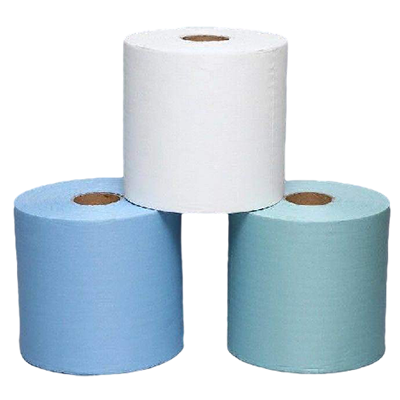

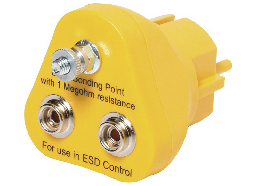
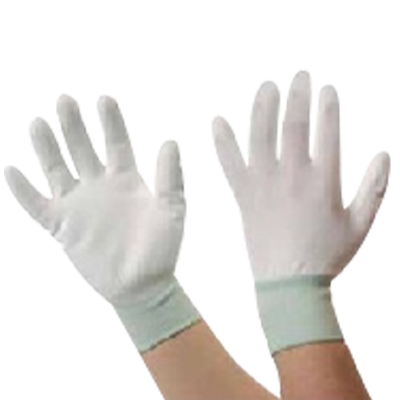
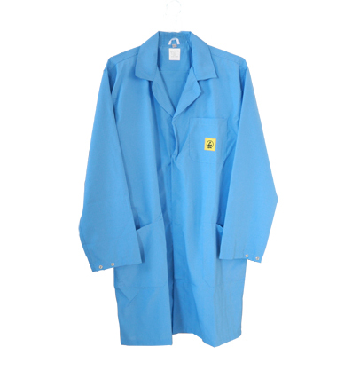
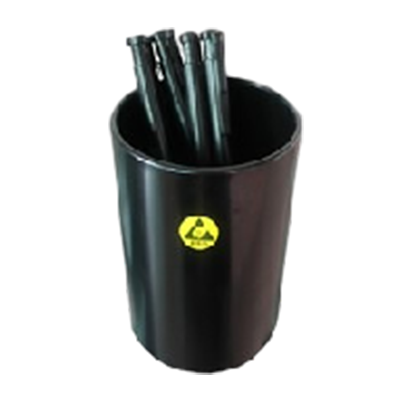


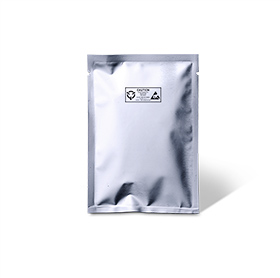
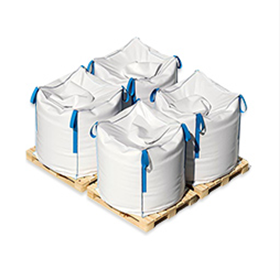








































 18915559236
18915559236 xcbxa@xcgs.com
xcbxa@xcgs.com